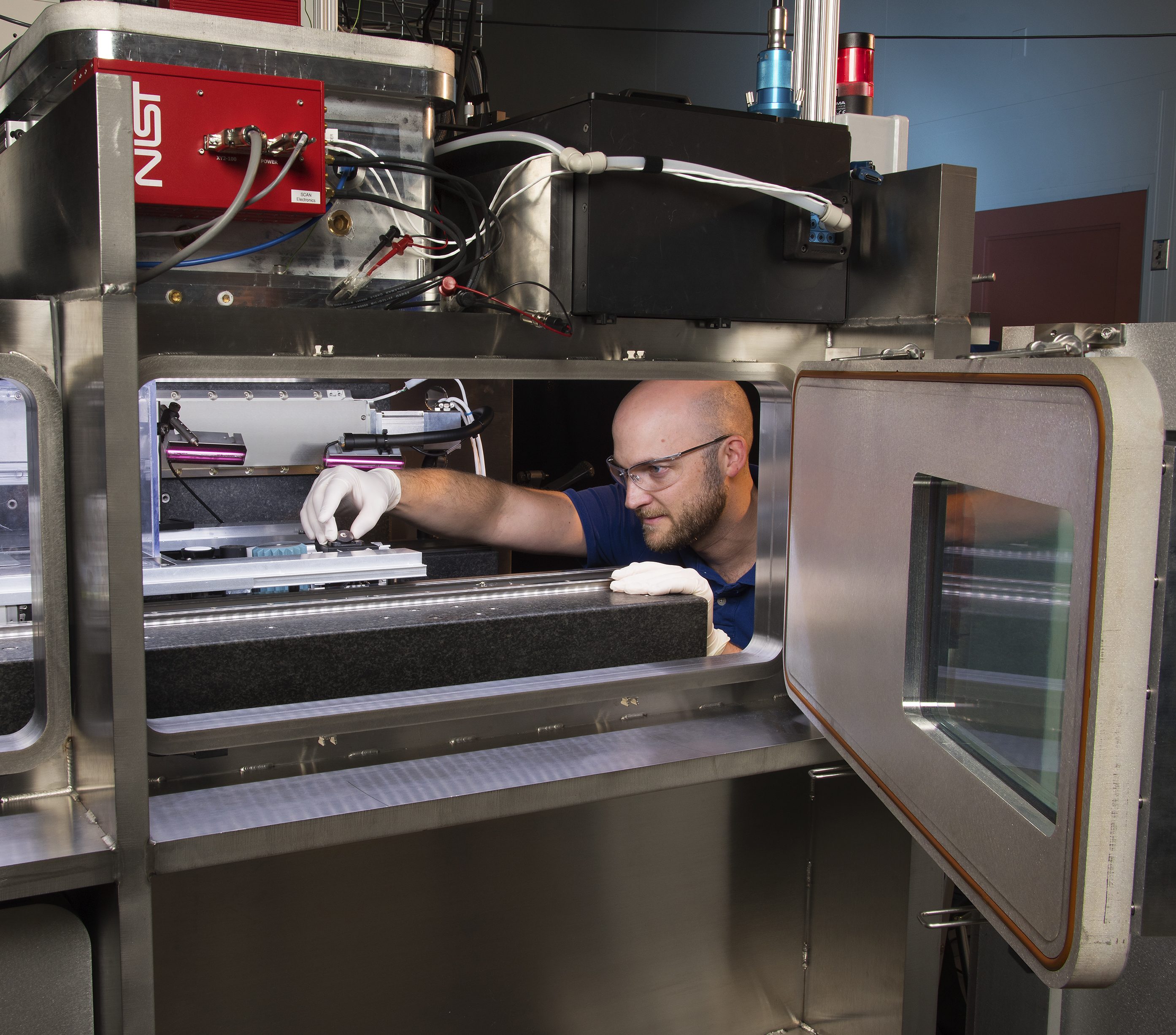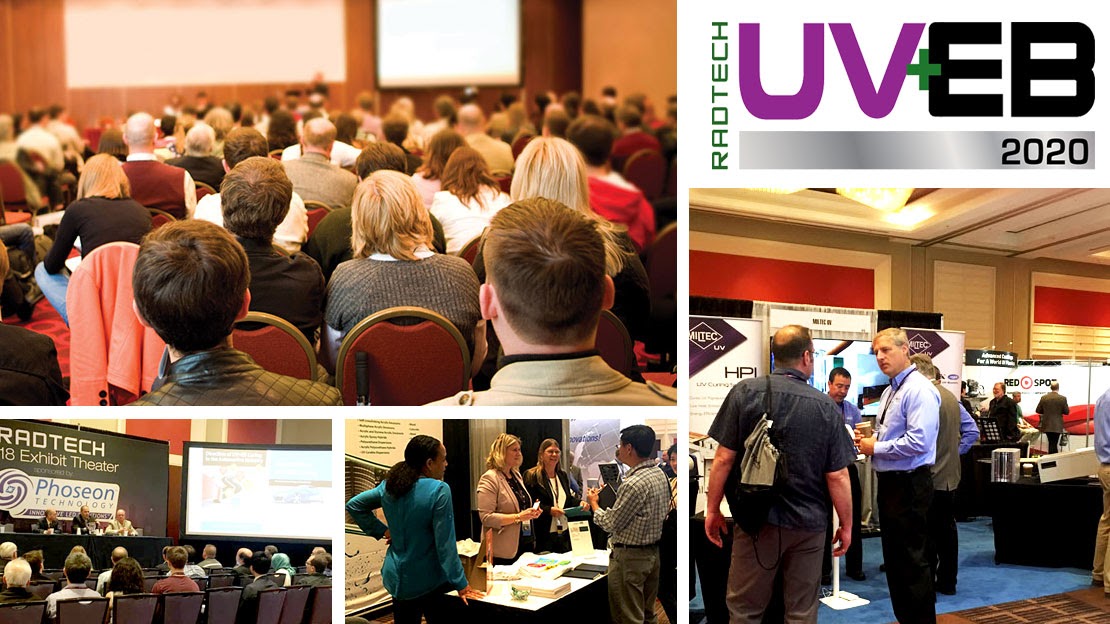The Photopolymer Additive Manufacturing Alliance (PAMA) has announced its official launch and will kick off activities at the upcoming RadTech 2022 conference and exhibition.
PAMA is born out of a partnership between UV+EB photopolymer chemistry non-profit RadTech and the US National Institute of Standards and Technology (NIST) to advance research and technology within the 3D printing sector, specifically within SLA, DLP, LCD and binder jet additive manufacturing.
“PAMA will help drive innovation in this critical manufacturing sector by supporting the development of standards and protocols and by providing a forum where members can share research and best practices,” said Dianne Poster, research chemist and Senior Advisor at NIST.

Supporting AM growth
A division of the U.S. Department of Commerce, NIST supports the standardization of technologies by advancing the science of measurement, and funding areas of promising research. In recent years, the agency has continued to help US firms optimize the 3D printing process and unlock its commercial potential, having established a roadmap for the future of SLA additive manufacturing.
NIST’s 3D printing-related work has also focused on X-ray curing as a more efficient alternative to UV lasers, alongside mapping polymer hardening rates during production. Last year, the agency awarded $4 million in grants to advance the competitiveness of US metal 3D printing firms.
NIST’s new venture with RadTech is an extension of its ongoing commitment to advancing the adoption of additive manufacturing throughout the US, with the two organizations having worked closely together in the past to develop a roadmap for the future of photopolymer 3D printing.
The partners announced the formation of PAMA in October last year with the goal of engaging industry, academia, government, and NGOs to advance materials and systems science for SLA, DLP, LCD and binder jet 3D printing processes.
“PAMA’s overarching goal is to better connect the industrial photopolymer supply chain with end user experiences in 3D printing,” said David Walker, Chair of the PAMA Executive Advisory Board and Co-Founder of Azul 3D. “In a widely diversified market, the language we use to describe our technology matters. Our industry’s terminology and protocols are not yet well-aligned or agreed upon, making it nearly impossible for end users to make informed and accurate comparisons between existing technologies.
“This lack of transparency, coupled with an over-abundance of inconsistent marketing claims, has led to substantive roadblocks in the adoption of 3D printing in a safe and reliable way within manufacturing ecosystems.
“Simply put – a lack of unified standards and practices is holding additive manufacturing and Industry 4.0 back.”

PAMA to make debut at RadTech 2022
To mark its official launch, PAMA will host numerous activities at RadTech 2022, which is set to take place between 9-12th May in Orlando, Florida. The organization reportedly has commitments from critical institutions and end users already, and is accepting new members.
The organization will host a luncheon at the event to discuss the structure and future activities for the group, while Walker and NIST’s Jason Killgore will run a Short Course on photopolymer additive manufacturing.
PAMA will also host the Future of Additive Manufacturing Materials panel, which brings together Maximilian Zieringer, Materials Lead at Formlabs, Charlie Wood, Senior Director of R&D at Fast Radius, Vince Anewenter, Director at RPC Consortium Milwaukee School of Engineering, and Eric Pallarés García, Co-founder and CTO of BCN3D Technologies.
In addition, PAMA will host some two dozen presentations focused on informing photopolymer 3D printing development, with topics spanning material optimization and “next level” formulation, molecular design, and a PAMA market overview. On behalf of the organization, Tactile Material Solutions’ Stephanie Bright also will provide an exclusive update, titled The Tactile Report Overview: Photopolymer Additive Manufacturing Market Trends and Companies to Watch.
Finally, PAMA will reveal its RadLaunch class of 2022, including volumetric 3D printed dental aligners, custom 3D printed boli for cancer patient radiation therapy, ‘disappearing’ advanced 4D materials, and high-performance battery components.
Subscribe to the 3D Printing Industry newsletter for the latest news in additive manufacturing. You can also stay connected by following us on Twitter and liking us on Facebook.
Looking for a career in additive manufacturing? Visit 3D Printing Jobs for a selection of roles in the industry.
Subscribe to our YouTube channel for the latest 3D printing video shorts, reviews, and webinar replays.
Featured image shows a test engineer configuring one of NIST’s 3D printers ahead of testing. Photo via NIST, Earl Zubkoff.


